
Here's some science to chew on. Scientists in Illinois have developed a small, inexpensive, chip sensor or “
electronic tongue” that accurately identifies one of the five primary human tastes, sweetness.
This business-card sized new sensor can identify with 100% accuracy a range of natural and artificial sweet substances, including 14 common sweeteners. The “lab-on-a-chip” works by converting the chemical properties of things that smell or taste into a coloured visual key (Image 2).

You may inquire, “What is it good for?”
Well, for those refined connoisseurs’ of fine fizzy pop, juices and other sweet beverages, such as, beer, quality and standard of taste is imperative. Ensuring a consistent and predictable flavour is the most likely use for this “sweet-tooth” sensor, at this time. Though the story doesn’t end there, doctors and scientist foresee using modified versions of the sensor for a variety chemical-sensing purposes including, monitoring blood glucose levels in diabetics or identifying toxic substances in the environment.
Do you think you’ve got a bionic tongue?
Might I suggest an experiment? Perhaps a blind taste test? I don’t recommend the common taste test of mapping out the four areas on your tongue that are associated with sweet, sour, salty and bitter, as a 2006 article in
Nature reports this notion of tongue mapping to be bogus. Instead, test the palettes of friends and families on say, the subtle flavours of chocolate.
Here’s what you do:
1. Gather an assortment of chocolates or varying flavours and brands.
2. Find a blindfold.
3. Find a partner or two or three or ten and blindfold one person.
4. Place a small piece of chocolate on their tongue and see if they can identify the ingredients. You may want to check the labels to verify.
Okay, it’s not rocket science, but it can be fun. If you are not into chocolate try something else.
Let us know how it goes and share other ideas in a comment. If you have video documentation of your experiment, post that too.Image 1: Slightlynorth – Flickr
Image 2: Kenneth Suslick, Ph.D., University of Illinois at Urbana-Champaign
 How would you like a face-full of harmful bacteria to start the day?
How would you like a face-full of harmful bacteria to start the day?
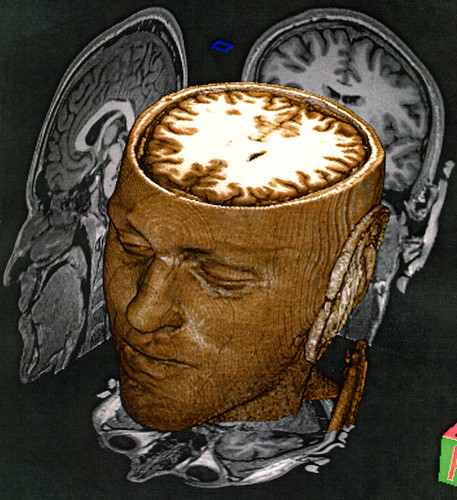



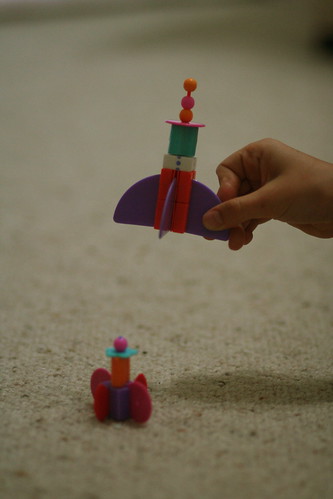


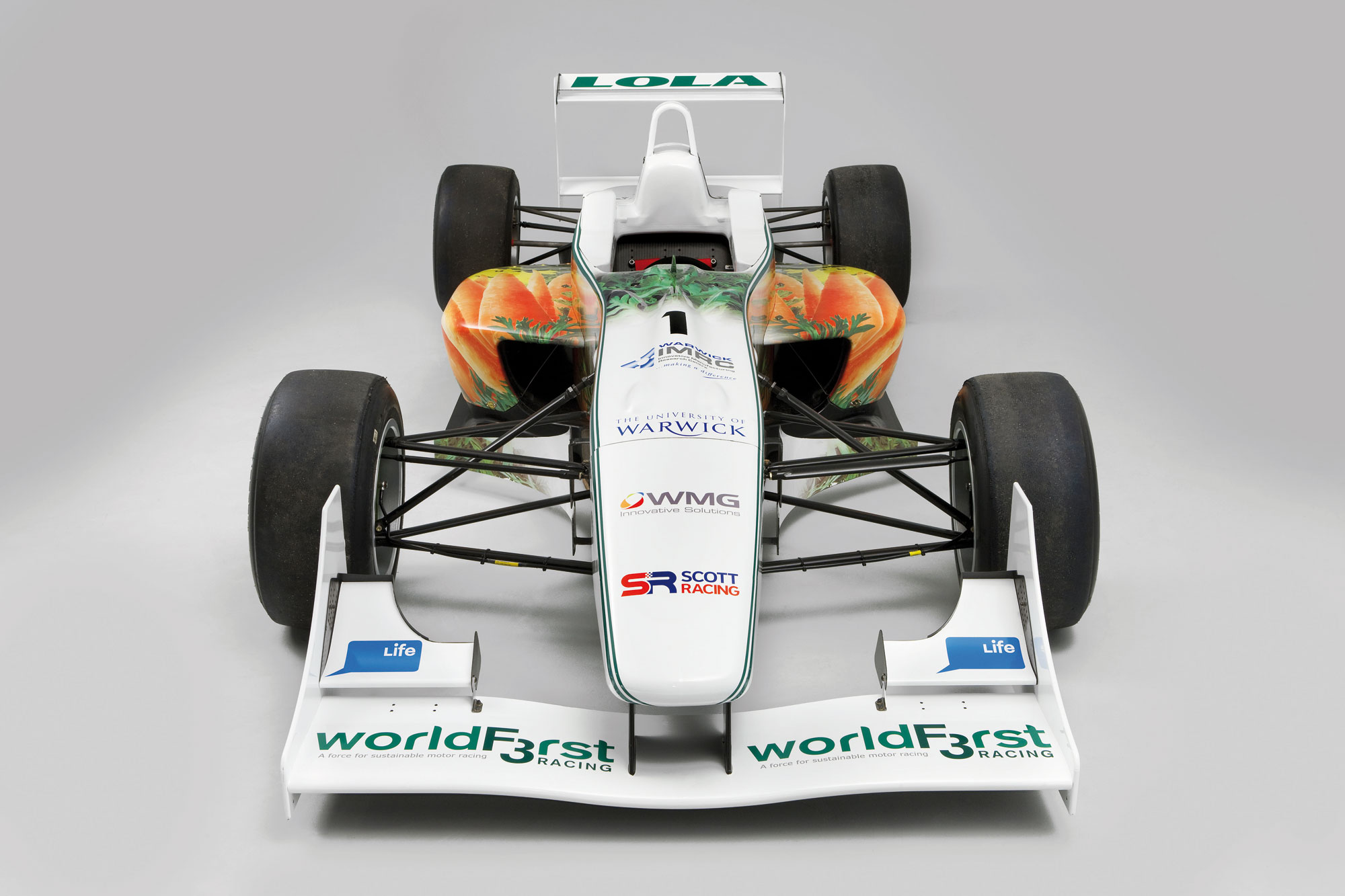
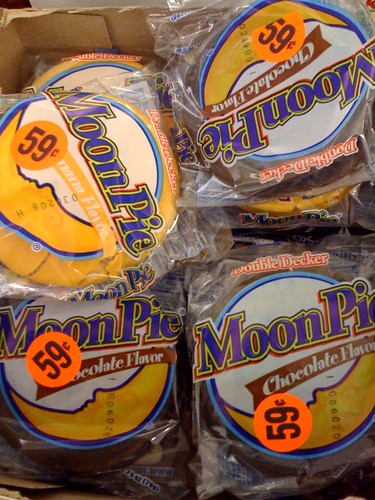
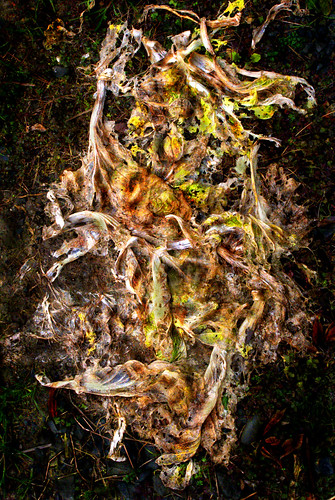


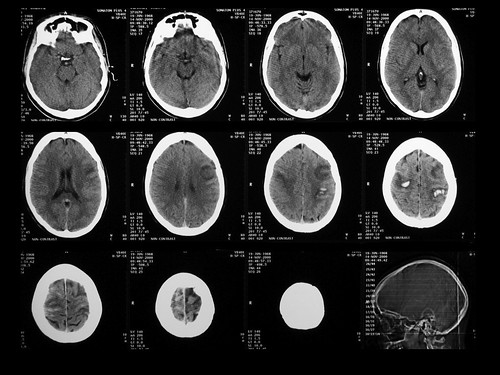



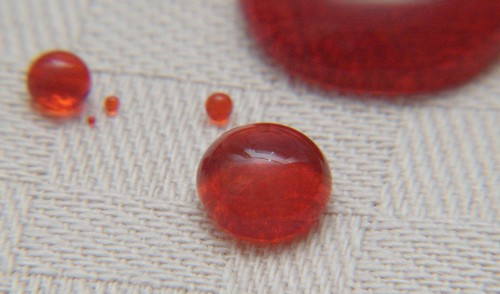

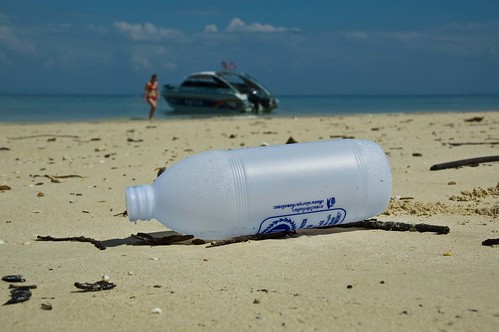



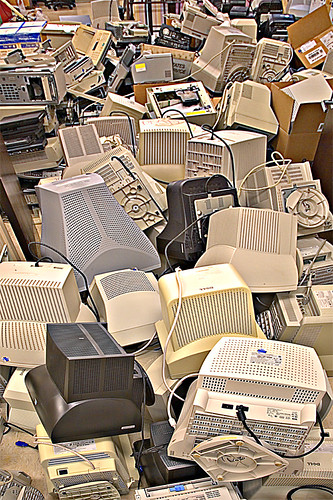






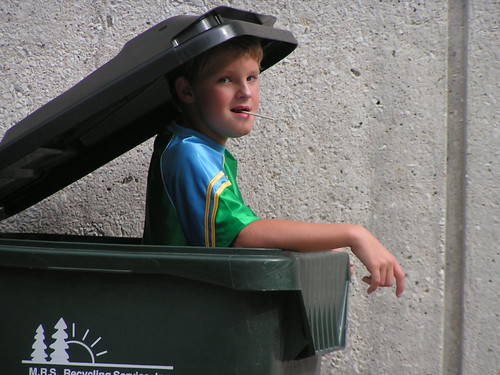






 Here's some science to chew on. Scientists in Illinois have developed a small, inexpensive, chip sensor or “
Here's some science to chew on. Scientists in Illinois have developed a small, inexpensive, chip sensor or “














